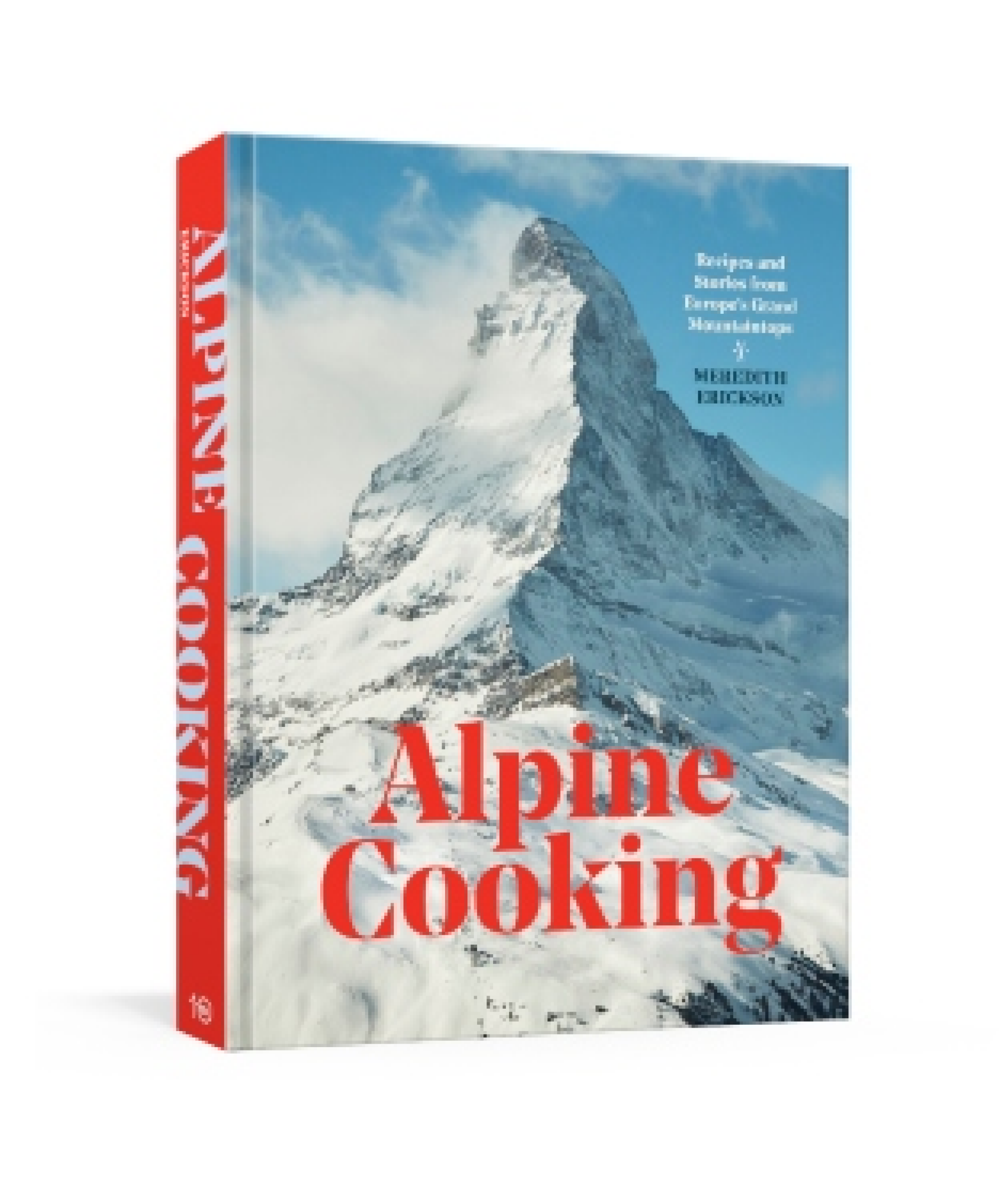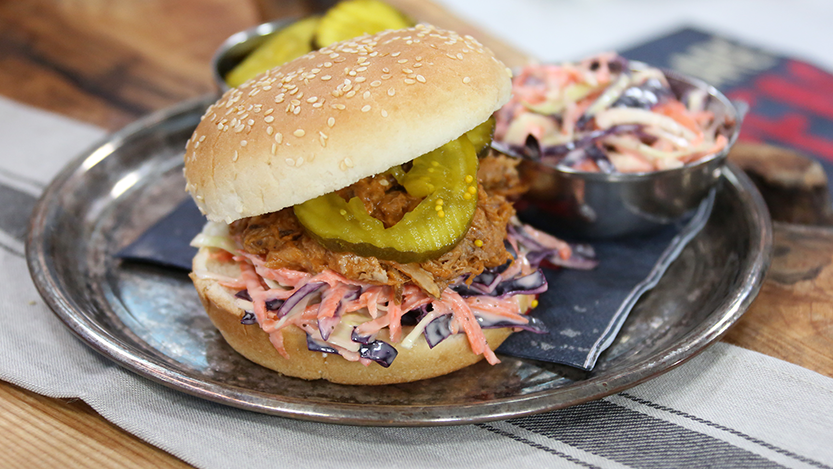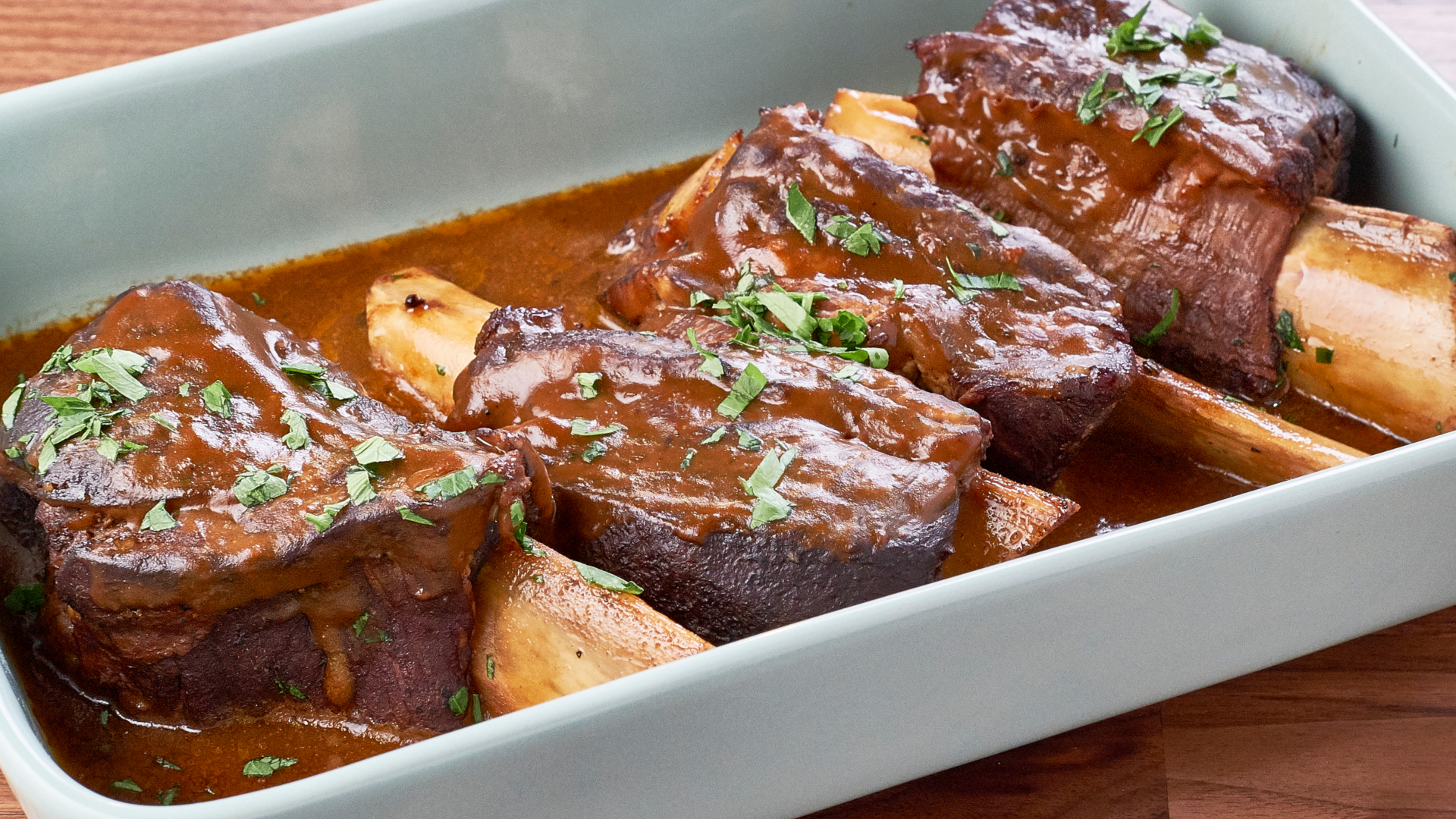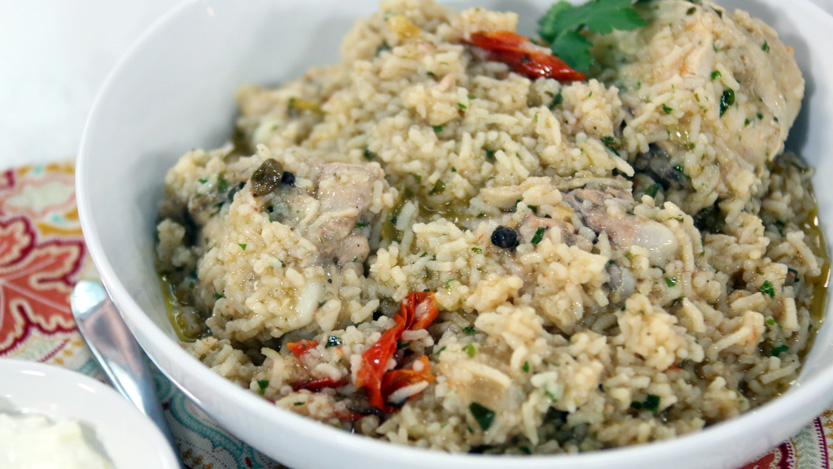CTV Recipes
Search Recipes
Wiener schnitzel

Schnitzel is a quintessential Alpine dish, one that can be found on all the menus: whether it’s a rifugio, hut, hostel, motorway stop, café, five-star hotel, low-end joint, high-end lodge—you name it, they serve it. I like to imagine Ötzi the Iceman (who was discovered in the Ötztal Alps on the border between Austria and Italy) had it on offer, with a side of foraged berries, in his cave dwelling. And yet, Wiener Schnitzel does not come from the mountains. Despite the presumption that schnitzel is a German thing, the first cookbooks to record such a dish—a veal loin pounded thin—were Italian. Time Life’s Food of Italy makes reference to a Milanese banquet in 1134 serving lombolos cum panitio, breaded veal chops. Not until the nineteenth century did it occur to an Austrian general to bring the Milanese recipe back to Vienna. It was, to be fair, the Viennese who thought to get rid of the bone; they knew they were onto something good when they then protected the Wiener Schnitzel with an appellation. I would estimate my schnitzel count at more than two hundred over the course of traveling and eating to research this book. Ask me what my favorite one is, and the real answer is “wherever I ate the last one.” At the same time, served on good china with a lemon wedge, a side of potatoes, and maybe cranberry jam or a cucumber salad, schnitzel is also a sophisticated, if not elegant, dish. And that’s where a little technique comes into play.
In my opinion, the best schnitzel should have a bit of puff, meaning some nice air pockets between the meat and the breading. Austrians call this souffléing, and it happens when the schnitzel has room to float freely in the fat in which it’s cooked. When I tried the schnitzel recipes given to me by Austrian friends and cooks, they never tasted as good at home as they had in the mountains. So, with two friends to assist, I set out to develop my own recipe. Now when people ask me what’s the best schnitzel, it’s this recipe right here. Team Schnitzel was torn over the use of oil versus clarified butter as the cooking fat. Clarified butter yielded a much richer flavor (some said too rich); oil ensured crispier breading. Because this recipe calls for a lot of cooking fat, we recommend you use oil only to fry the schnitzel. If you’re feeling fancy, substitute two cups (430 grams) clarified butter for two cups (480 milliliters) of the oil. Otherwise, a drizzle of melted butter on the meat when serving tastes just as luxurious. The temperature of the oil also turned out to be key: the schnitzel cooks more slowly at a lower temperature, but this resulted in a more-tender breading and meat, and—we think—better souffléing.
YIELDS
Ingredients
Equipment:
- Deep-frying thermometer or probe
- Large cast-iron pan or Dutch oven
- Meat mallet (or ask your butcher to pound the meat)
- 6 veal escalopes, 140 to 170 grams each
- Fine sea salt and freshly ground black pepper
- 2 cups (240 grams) all-purpose flour
- 3 eggs, beaten
- 2 cups (220 grams) fine dried bread crumbs
- 950 milliliters peanut oil or canola oil
- 1/4 cup (5 grams) minced fresh flat-leaf parsley
- 3 tablespoons unsalted butter, melted
- 3 lemons, halved
- Cranberry jam, parsley potatoes, or cucumber salad for serving
Directions
- If your butcher hasn’t pounded the meat for you, cover a chopping board with plastic wrap. Lay the veal down, then cover with another sheet of plastic. Use a meat mallet to pound the meat slices to a thickness of six millimeters. Transfer the meat to a large tray. Season both sides of each slice with salt and pepper.
- Set up a breading station by placing the flour on one plate, add the eggs to a shallow bowl, and put the bread crumbs on a second plate. Place a clean platter at the end to hold the breaded slices.
- Preheat the oven to 300°F (150°C).
- Line a baking sheet with a layer of paper towels.
- Pour the peanut oil into a large Dutch oven or cast-iron pan. The oil level should be about two centimeters deep (if you’re using a very large pan, increase the amount of oil accordingly). Slowly warm the oil over low heat to 265°F (130°C) on a deep-frying thermometer.
- Meanwhile, working with one slice at a time, dredge the veal in flour to coat completely, then shake off any excess. Next, dip the meat through the egg until well coated, then, with a fork, lift, allowing any excess egg wash to drip back into the bowl. Transfer to the bread crumbs, flipping to coat well on both sides, then shake off any extra crumbs. Place the breaded slice to the platter. Repeat with the remaining slices.
- Working with tongs, slip one piece of veal into the hot oil and cook until pale golden brown, three to 3-1/2 minutes. Keep an eye on the oil temperature, adjusting the heat regularly to keep the oil around 265°F (130°C). While the meat is frying, if you notice parts of the meat surfacing above the oil, gently lift your Dutch oven or pan by the handle, back and forth, to encourage the oil to wash gently over the meat. (If you are not a nervous fryer, you can instead baste the meat using a spoon, as needed.) Otherwise, leave the meat untouched and unflipped, to avoid puncturing the coating and releasing the valuable steam that creates the souffléed effect. Transfer the finished schnitzel to the prepared baking sheet and place in the oven to keep warm. Adjust your oil temperature before frying each new slice.
- When you are finished frying all of the meat, drop the chopped parsley in the hot oil and fry for ten seconds. Using a slotted spoon, remove from the oil and transfer to a paper towel.
- Transfer the schnitzels to individual plates, then drizzle 1/2 tablespoon butter across each and garnish with a sprinkle of fried parsley. Serve with the lemon halves for squeezing, and your choice of a side of cranberry jam, parsley potatoes, or a cucumber salad.
Reprinted with permission from Alpine Cooking, by Meredith Erickson, copyright © 2019. Published by Ten Speed Press, a division of Penguin Random House, LLC.
Photographs copyright © 2019 by Christina Holmes.








